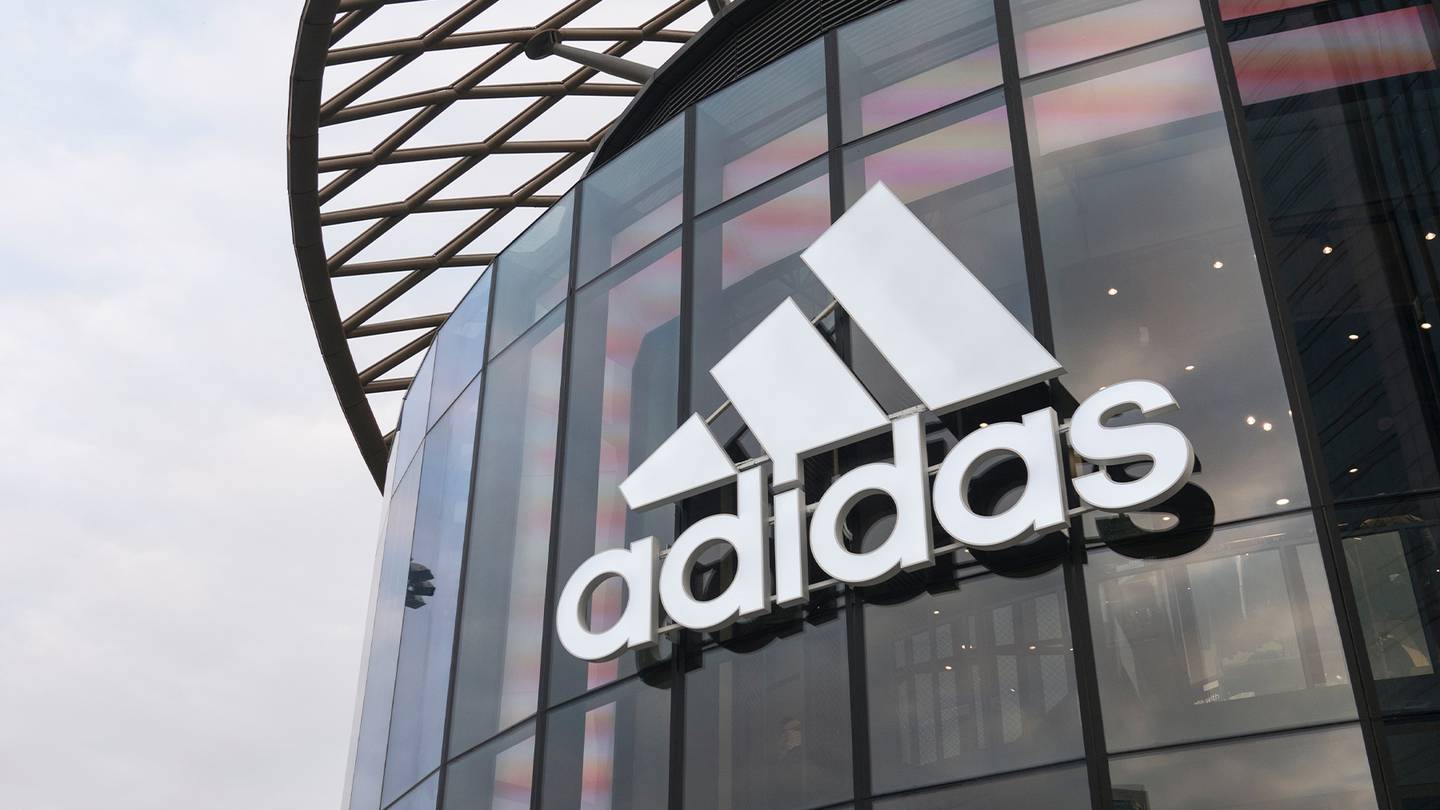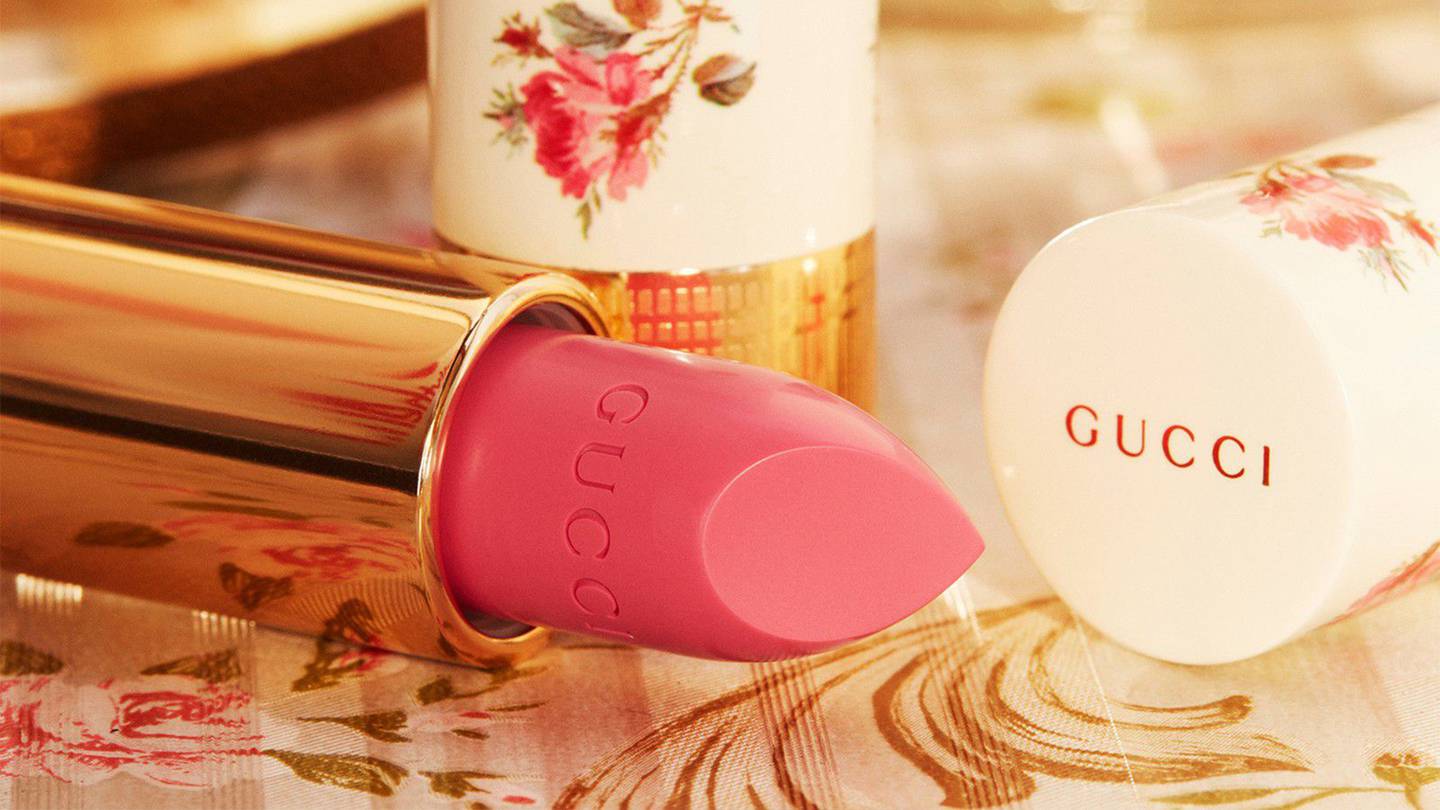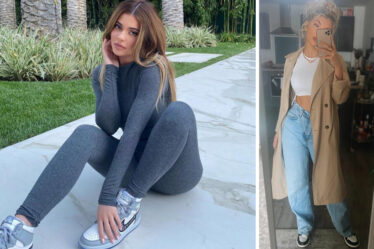
It was a bleak week in the world of social media.
On Wednesday, Meta announced it would lay off 11,000 employees — or 13 percent of its workforce — the first major round of layoffs in the company’s history. The move came after Meta reported its quarterly profits contracted by 50 percent last month compared with a year/a quarter earlier. The results indicated the company hasn’t recovered from Apple’s privacy changes, which dealt a blow to social media advertising, and that chief executive Mark Zuckerburg’s multi-billion-dollar bet on the metaverse had yet to pay off.
Over at Twitter, new owner Elon Musk laid off half of the company’s workforce — about 3,700 people – and began selling blue checkmarks, which indicate an account’s identity has been verified, for the first time. Both moves were chaotic; Twitter reportedly tried to hire back some of its laid off employees, and it was quickly revealed that the company had verified a slew of parody accounts. Multiple brands have paused advertising on the platform.
Even TikTok, social media’s current darling, is facing hard times. A report in the Financial Times said that at the end of September, the ByteDance-owned platform cut its global revenue targets for the year by 20 percent, or $2 billion dollars.
It’s a stark turn of events for an industry that just a few years ago, seemed like a rocket on a never-ending ascent. Over the past decade, these platforms have a primary sales driver for many fashion brands. A generation of fashion and beauty brands built a customer base on Instagram by taking advantage of inexpensive advertising on the platform that allowed them to track consumer behaviour across apps and websites in order to more easily find likely customers.
This moment serves as something of a correction for an industry that grew quickly and spent freely in order to attract and retain top workers. That included top fashion media talent: Instagram hired former Lucky and Teen Vogue editor Eva Chen to lead its fashion partnerships team back in 2015, while Pinterest hired Marie Claire editor Aya Kanai to head up content and partnerships in September 2020. (She’s since moved to Google.)
Much of that lavish spending was made possible by ballooning advertising revenue, which has been hampered since Apple implemented changes around data privacy, which made ad targeting substantially more difficult for social media networks.
As social media giants appear more vulnerable than ever, fashion companies are facing a question of how to approach their own relationships with these platforms.
Social media advertising isn’t what it once was, both in terms of cost and effectiveness.
It’s more expensive than it used to be, but also less effective given restrictions in targeting. For that reason — as well as greater pressure from investors to show profitability early on — many brands, particularly DTC labels, have already pulled back from advertising on social media, contributing to the platforms’ woes.
The worse these platforms look, the greater the risk in advertising on them. And it’s rare to see a social media network in decline make a great comeback. MySpace, for example, never recovered, while even Snapchat, which saw its stock price multiply during the pandemic, is back in cost-cutting mode.
Some fashion brands have soured on the idea of social media completely. Take Bottega Veneta: It deleted all its social media accounts in January 2021, and has yet to return to any platforms.
Others will likely take a more moderate approach. Instagram is still fashion’s go-to social media platform, and with much of its consumer base there, it will continue to be an important tool in brand’s playbooks. TikTok, as well, has been rising in popularity and influence, and fashion brands are still figuring out how to maximise benefit on the platform.
As fashion brands are increasingly looking to build a digital ad strategy beyond social media.
More fashion brands are experimenting with advertising on streaming networks, and with Netflix now offering ads, there’s even more opportunity to do so. Influencers also offer a way to maintain a presence on social media without having to work directly with the platforms themselves. As well, retailers could also benefit, as several have launched their own media networks and advertising platforms in recent years, including Nordstrom and Target.
Brands may also want to consider how to rely less on social media platforms for organic content. Again, Bottega Veneta provides a blueprint: The brand launched its own app after leaving social media. Marketing methods that offer a direct connection to the consumer — and the chance to collect first-party data — like an app or email marketing can serve as something of a safe harbour when turmoil grows in other spheres.
However, Matt Voda, CEO of ad measurement software company OptiMine, said that savvy brands may see a window to return to social media at more favourable ad rates.
“If anything, this might be an opportunity for nimble brands who are looking for more cost effective ways to reach their consumers,” he said. “If they’re watching ad rates, they may be able to dip in quickly to take advantage as other brands cut back.”
Of course, there’s also the greater economic landscape to consider: A recession looms in both Europe and the US, a cost of living crisis is underway in the UK and China still finds itself hampered by the government’s strict approach to the pandemic. Brands might find that it’s an apt moment to pull back on marketing spend and see what happens.
THE NEWS IN BRIEF
FASHION, BUSINESS AND THE ECONOMY
Adidas slashes 2022 outlook after Kanye West split. Adidas now expects its currency-neutral revenue to grow at a low-single-digit rate in 2022, down from a previously forecast mid-single-digit rate. It expects an operating margin of around 2.5 percent rather than 4 percent. The sportswear giant still plans to use Yeezy designs.
Ralph Lauren beats sales estimates as demand holds up. Net revenue rose to $1.58 billion for the second quarter, from $1.50 billion a year earlier, compared to analysts’ forecast of $1.56 billion according to Refinitiv IBES data.
Tod’s nine-month sales rise more than expected. Revenues totalled €724.9 million ($738 million) in the period, above a €716 million forecast in an analyst consensus cited by Intesa Sanpaolo research.
Mytheresa revenues up 11.4 percent in Q1. The results came as the e-tailer announced plans to bolster its nascent China business with the launch of a new talent initiative, ‘The China Designer Programme.’
Ferragamo’s sales rise 13 percent in Q3, driven by Europe. Sales at Italian luxury goods group Salvatore Ferragamo rose by 12.7 percent annually at constant exchange rates in the first nine months, driven by strong demand in Europe. Revenues reached €921 million ($929 million) in the January to September period, Ferragamo said on Tuesday.
Capri cuts sales forecast on slow China recovery. The Michael Kors-owner forecast fiscal 2023 revenue of $5.7 billion, compared with its prior estimate of about $5.85 billion.
Tapestry cuts annual sales forecast on China hit. The company said it now expected fiscal 2023 revenue of $6.5 billion to $6.6 billion, compared with the prior outlook of around $6.9 billion. Analysts on average expect a figure of $6.88 billion, Refinitiv IBES data showed.
Mini-splurges decline as shoppers feel the pinch of inflation. Less-affluent luxury shoppers are curtailing their once-frenzied purchases of entry-level products such as Gucci slippers and Balenciaga belts — a sign that the cooling of the global economy is extending to an industry that had repeatedly defied the tumult of the past couple of years.
Gap to sell greater China units to e-commerce firm Baozun. The US apparel retailer has agreed to sell its Greater China businesses to the e-commerce service provider, as headwinds persist for global consumer brands in the world’s second-largest economy.
Supreme opening Chicago store. The streetwear juggernaut is set to open its latest store in Chicago as part of a careful rollout under owner VF Corp, which acquired the label for $2.1 billion in late 2020.
THE BUSINESS OF BEAUTY

Coty beats quarterly revenue estimates as beauty demand sits pretty. Chief executive officer Sue Nabi told Reuters that the company does not “see any slowdown or trading down in the prestige division.” Coty’s net revenue rose 1 percent to $1.39 billion in the first quarter ended Sept. 30, compared with analysts’ estimates of $1.37 billion, according to IBES data from Refinitiv.
PEOPLE

Elena Velez, Catherine Holstein among 2022 CFDA Award winners. The star-studded annual event was back to its pre-pandemic strength. Winners included Raul Lopez for American Accessories Designer of the Year, Elena Velez for Emerging Designer and Khaite’s Catherine Holstein for American Womenswear Designer. Emily Adams Bode Aujla took home American Menswear Designer of the Year for a second year in a row.
Levi’s names Kohl’s Michelle Gass as next CEO. Gass will leave Kohl’s in December to become president of Levi’s and will report to Bergh before taking over as chief executive within the next 18 months.
MEDIA AND TECHNOLOGY

Amazon becomes world’s first public company to lose $1 trillion in market value. Shares in the e-commerce and cloud company fell as much as 4.6 percent on Wednesday, pushing its market value to about $878 billion from a record close at $1.882 trillion in July 2021.
Compiled by Joan Kennedy.



